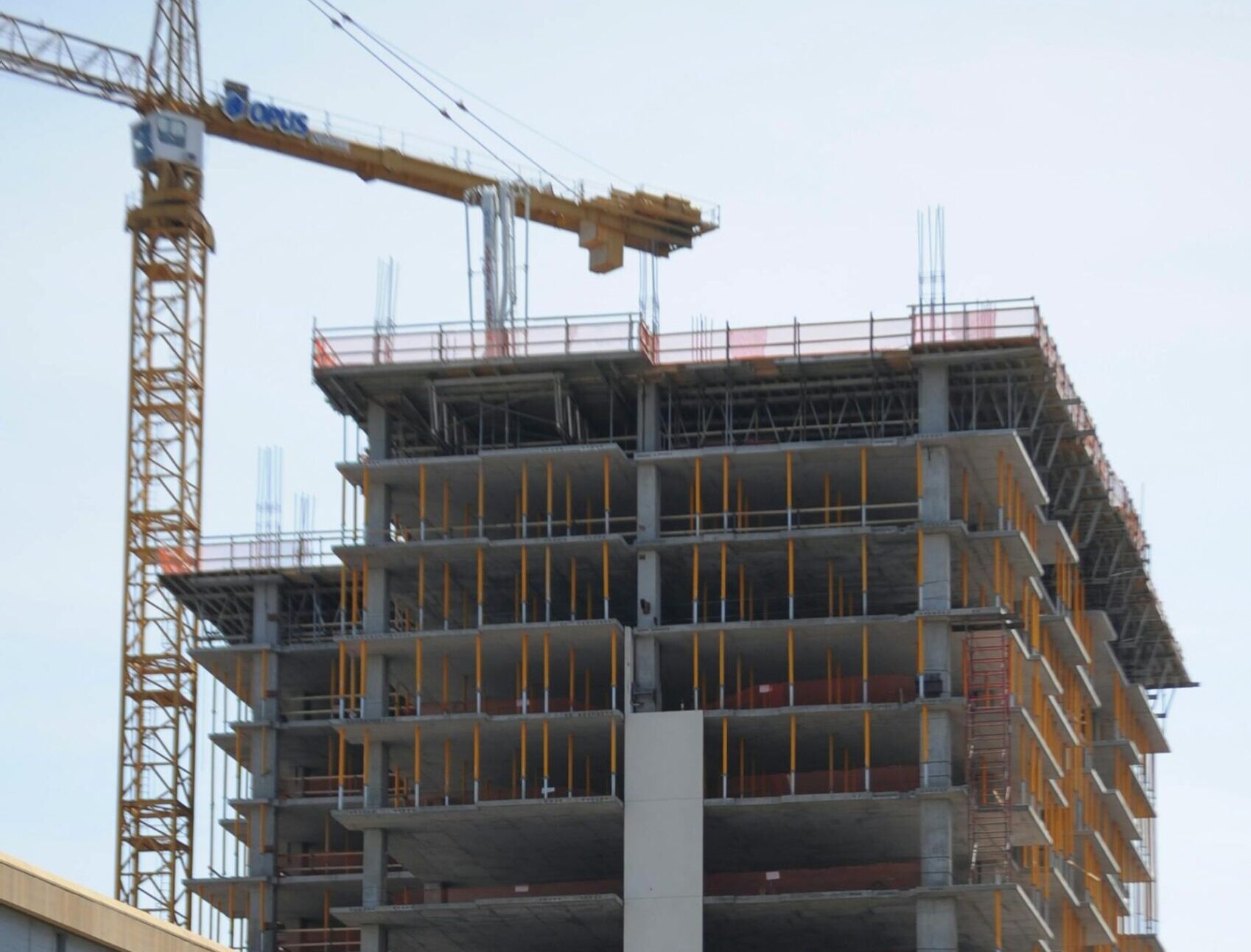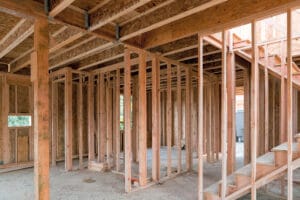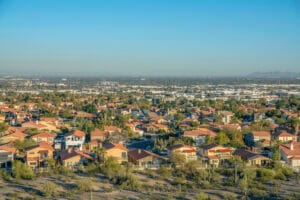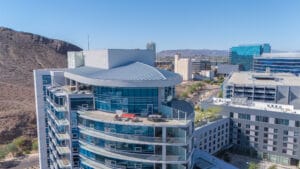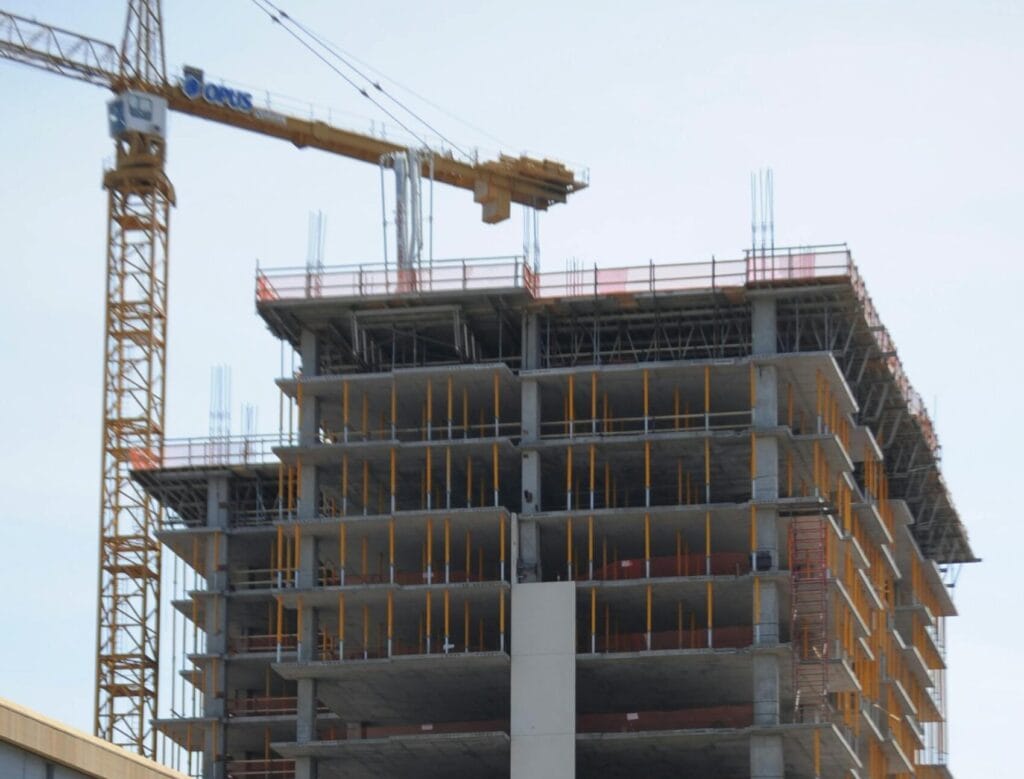The purposes of a Phase I Environmental Site Assessment (“ESA”) are:
- To identify existing or potential Recognized Environmental Conditions (as defined by ASTM Standard E-1527-05) affecting the Property that: 1) constitute or result in a material violation or a potential material violation of any applicable environmental law; 2) impose any material constraints on the operation of the Property or require a material change in the use thereof; 3) require clean-up, remedial action or other response with respect to Hazardous Substances or Petroleum Products on or affecting the Property under any applicable environmental law; 4) may affect the value of the Property, and; 5) may require specifications to be performed with regard to such conditions and circumstances.
The information contained in the ESA Report will be used by Client to: 1) evaluate its legal and financial liabilities for transactions related to foreclosure, purchase, sale, loan origination, loan workout or seller financing, 2) evaluate the Property’s overall development potential, the associated market value and the impact of applicable laws that restrict financial and other types of assistance for the future development of the Property, and or; 3) determine whether specific actions are required to be performed prior to the foreclosure, purchase, sale, loan origination, loan workout or seller financing of the Property. As such, the purpose is intended to satisfy the requirements of an “appropriate inquiry” to qualify for the innocent landowner defense to potential Comprehensive Environmental Response, Compensation and Liability Act (CERCLA) liability.
In addition, we can examine environmental issues and conditions beyond the scope of the ASTM E 1527-05 standard which may not present potential CERCLA liability but which warranted consideration within the stated scope of this project, in accordance with Standard & Poor’s Plus Protocol.
Typical Scope of Work:
ENVIRONMENTAL SITE ASSESSMENT
SCOPE OF WORK
For Commercial Property
ENGINEER shall provide the services set forth herein for each subject property accompanying this scope of work. The Services shall be provided in compliance with the ASTM E 1527-05 standards for Phase I Environmental Assessments unless otherwise provided herein. To the extent conflicts exist between this Scope of Work and the ASTM standards, this Scope of Work shall receive first priority and the ASTM standards shall be given secondary priority.
- Historical Review
Identify any prior use or activities at or near the site which might have created any environmental problems back to the time when the property was first developed or to 1880, whichever is later. Sources of information and supporting documentation may include, but are not necessarily limited to the items set forth below. Use of several different sources may be necessary to fill in gaps in the site’s history.
- Sanborn Fire Insurance Maps
- City Directories
- Area Plat Book
- Title Search or Assessor Records
- Topographic Maps
- Aerial Photos
- Construction Documents (including Building Permits)
- Interviews with Knowledgeable Individuals
- Tribal Records
- Local Government Records
- Federal and State Institutional/Engineering Controls Registries
- Title Search and Registry Review for Environmental Liens and Institutional/Engineering Controls
Conduct a review of title and judicial records for the site and identify any and all recorded environmental liens, oil and gas easements, and Institutional/Engineering Controls for the site. Review all available Federal and State Institutional/Engineering Controls Registries and identify any and all Institutional/Engineering Controls for the site.
- Environmental Agency File Reviews and Database Inquiries
- With regard to federal, state and local Environmental Authorities, check for and review, to the extent material:
- record of environmental permits, registrations or other authorizations (owner and tenants);
- record of environmental violations, spills, or other incidents;
- status of any past or present environmental issues or remedial plans;
- record of all of the above for all abutting properties;
- ground water sampling data near the project site;
- environmental regulations or requirements that may be relevant to this transaction (e.g., ECRA in New Jersey);
- locations of nearby landfill or hazardous waste disposal sites;
- general groundwater flow direction and condition in the vicinity of the sites. Identify any “regional” groundwater problems.
- Perform “database” search for location of sites of potential concern, including those undergoing or otherwise subject to remediation programs, as specified in the ASTM standards, as well as registered underground storage tanks. A map should be provided showing all database “hits” within a 1 mile radius of the property.
3. Contact Local Fire Officials for:
- record of underground tank installation, removals, ruptures, leaks or other incidents;
- record of fires involving toxic substances.
- Contact Local Health Authorities for:
- record of any health-related environmental issues pertaining to the property.
- Contact Local Water and Sewer Authorities for;
- source of water for the property;
- location of nearby water supply wells indicate whether the ground water is used as a source of potable water;
- record of any drinking water contamination problems, either at the property or the immediate vicinity;
- method of sewage disposal.
The ENGINEER should try to determine ground water direction flow (based on topography, nearby ground water testing results, etc.) and for each environmental database “hit”, determine whether there is a reasonably possible concern. If the Subject Property or neighboring sites present a cause for concern, ENGINEER shall interview relevant agencies and review any reasonably available files.
- Site Inspection
- Interview Property Owner, Property Manager, Maintenance Personnel and Tenants, and Review Available Files for:
- any past or present environmental incidents, violation notices, or environmental litigation;
- any past or present use, storage, handling and disposal of any hazardous materials including petroleum chemicals, pesticides and asbestos. Provide a copy of the “right to know” (hazard communication) and SARA Title III filings;
- record of required environmental permits by owner and/or tenants;
- waste generated and disposal methods used;
- wastewater generated and disposal methods used. Specify the presence of sanitary sewer connections, septic systems, dry wells, etc.
- Thoroughly Inspect Subject Property for:
- storage or handling of hazardous materials in tanks, drums, containers or otherwise;
- evidence of illegal dumping of hazardous materials, debris or construction materials;
- extensive use of fill from source of unknown origin;
- evidence of soil, surface water and/or ground water contamination (e.g., staining, distressed vegetation);
- potential for contaminated storm water drainage from adjacent properties;
- evidence of underground waste disposal (sumps, floor drains);
- any environmental concerns surfaced as the result of the Historical Review;
- any potential jurisdictional wetlands;
- any environmental concerns resulting from the handling of hazardous materials of nearby properties (e.g., gas stations, manufacturing plants) considered at least a ¼ mile radius;
- verify through inspection, interviews and records review that no dry cleaning operations have ever been conducted on site. In the event any dry cleaning operations are identified, ENGINEER shall recommend subsurface investigation;
- identify any other use of chlorinated solvents not captured above.
- Concerning Underground and Aboveground Storage Tanks and Other Equipment:
- provide an inventory of all storage tanks, including size, location, installation date, contents, tank material, etc.;
- provide a record of any tank leak tests and results;
- verify all tank permits and registrations;
- conduct physical inspection of aboveground tanks, process equipment and piping systems to the extent possible;
- document the presence of any cathodic protection system, leak detection system or other means of equipment protection, and compare with regulatory requirements;
- describe and evaluate any spill prevention or containment measures including SPCC plan if available;
- determine prior tank removals or repairs. Explain the reasons for the removal or repair, and whether or not any contaminated soil or groundwater was removed or remediated. The absence of post-excavation sampling may require a Phase II investigation;
- indicate any plans for future tank removals or repairs;
- tank testing or subsurface investigation may be required at ENGINEER’s discretion, based on available data.
- 4. Concerning Polychlorinated Biphenyls (PCBs):
- document the location and owner of all transformers or capacitors that contain PCBs:
- verify that all PCB equipment (i.e., contains any PCBs) including all transformers present on the property, are in compliance with all federal, state and local laws and regulations;
- visually inspect PCB equipment and determine whether there are any leaks or other hazards;
- determine whether all oil-filled transformers have been classified by PCB Testing (mandatory for non-utility owned transformers) or other acceptable alternative;
- verify that the PCB transformers located near (provide distance) commercial buildings have been properly registered with the building owner and are subject to an appropriate inspection program.
- Abutting and/or Nearby Upgradient Properties
Visually inspect abutting properties. The presence of a gasoline service station, dry cleaners or facility handling a significant quantity of hazardous materials adjacent to the property shall require a more detailed investigation. To the extent feasible and possible, consider the potential that current or prior off-site activities may result in an environmental impact. This shall include:
- nearby (at least within ¼ mile) upgradient properties handling hazardous materials disclosed by the investigation described in Section 1;
- properties with known problems within one mile upgradient of the property.
If a neighboring site is a cause for concern, ENGINEER shall interview officials at relevant agencies and review any reasonably available files. If this review of agency files is not sufficient to eliminate neighboring site as a material concern, ENGINEER shall recommend subsurface sampling on the Subject Property.
Asbestos
- determine whether the presence of asbestos is suspected or confirmed at the property (evaluate any available asbestos survey);
- examine available building records for an indication of the presence of asbestos.
- determine whether there is an Operations and Maintenance plan (O&M) in effect;
- if an asbestos bulk survey is required, it shall be conducted consistent with the Guide or as otherwise agreed to by CLIENT.
- Interview Past Property Owner if past owner is identified and the information to be gathered is not likely to be duplicative.
- Interview an Adjoining Property Owner if the Subject Property is abandoned.
The Site inspection will be performed by an “Environmental Professional” as defined in ASTM 1527-05.
- Report Requirements
The ENGINEER shall submit a Draft Report to CLIENT conforming to the format set forth in the ASTM standards and as set forth below, or as otherwise agreed to by CLIENT.
- The ENGINEER shall acknowledge in the transmittal that, CLIENT and the entities named in the accompanying Proposal will be entitled to rely on the report.
- Upon completion of the Phase I assessment, an evaluation of the environmental issues associated with the property and a recommendation regarding the need for any follow-up investigation shall be made by the ENGINEER. CLIENT shall receive immediate verbal notification of any issues on which ENGINEER recommends a Phase II assessment.
- Excepting only issues on which the ENGINEER recommends further investigation or other actions, the Report shall state the ENGINEER’s opinion that, based on all available information and in the ENGINEER’s reasonable professional judgment, the Subject Property is in compliance with all applicable environmental laws, and the CONSULTANT is aware of no information that would lead it to believe in its reasonable professional judgment that there are circumstances present relating to the use, management or disposal of any Hazardous Materials for which investigation, testing, monitoring, containment, clean-up remediation could be required under any federal, state or local law or regulation.
- The ENGINEER’s final Phase I report shall also include, but not be limited to:
- narrative description of the property and the surrounding area;
- site plans and location maps indicating all referenced locations;
- site photographs;
- a discussion of all environmental issues identified;
- identification of sources consulted to address data gaps and comments on significance of data gap with regard to the ability of the ENGINEER to identify conditions indicative of releases and threatened release;
- declarations as required by ASTM E 1527-05 sections 12.13.1 and 12.13.2;
- a description of all applicable state and local regulatory requirements;
- limitations of the report with explanations (e.g., limited access)summary checklist of conclusions as provided in the ASTM standards
- for every identified environmental issue, ENGINEER must either explain why the issue is not a significant environmental concern or recommend additional investigation.
- Any recommendation for follow-up investigation shall include, at a minimum:
- reasons leading to the recommendation;
- recommended method(s);
- number, depth, and location of any subsurface sampling required;
- any remote sensing techniques (i.e., soil gas survey, ground penetrating radar, etc.);
- substances and parameters to be tested for by laboratory analysis and the rationale;
- projected time schedule for submission of the Phase II results;
- cost estimate for all work recommended;
- a range of expected remediation costs based on the ENGINEER’s experience with similar problems at other sites.
